Back to Farcaster
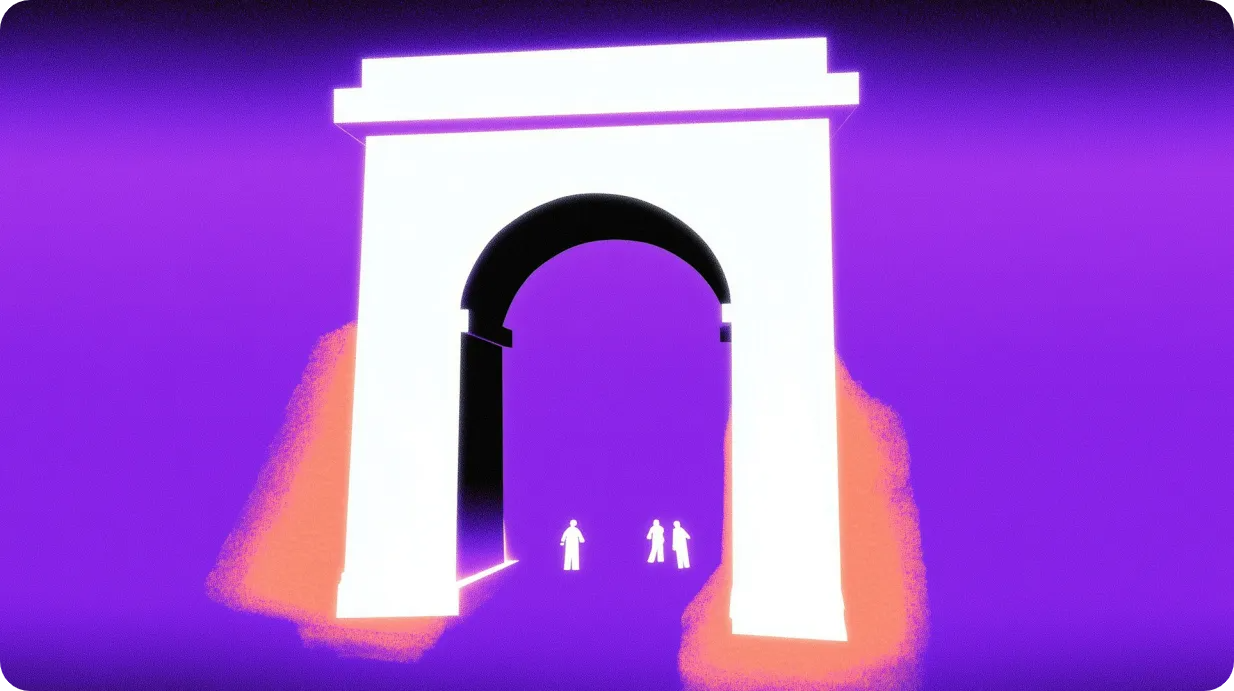
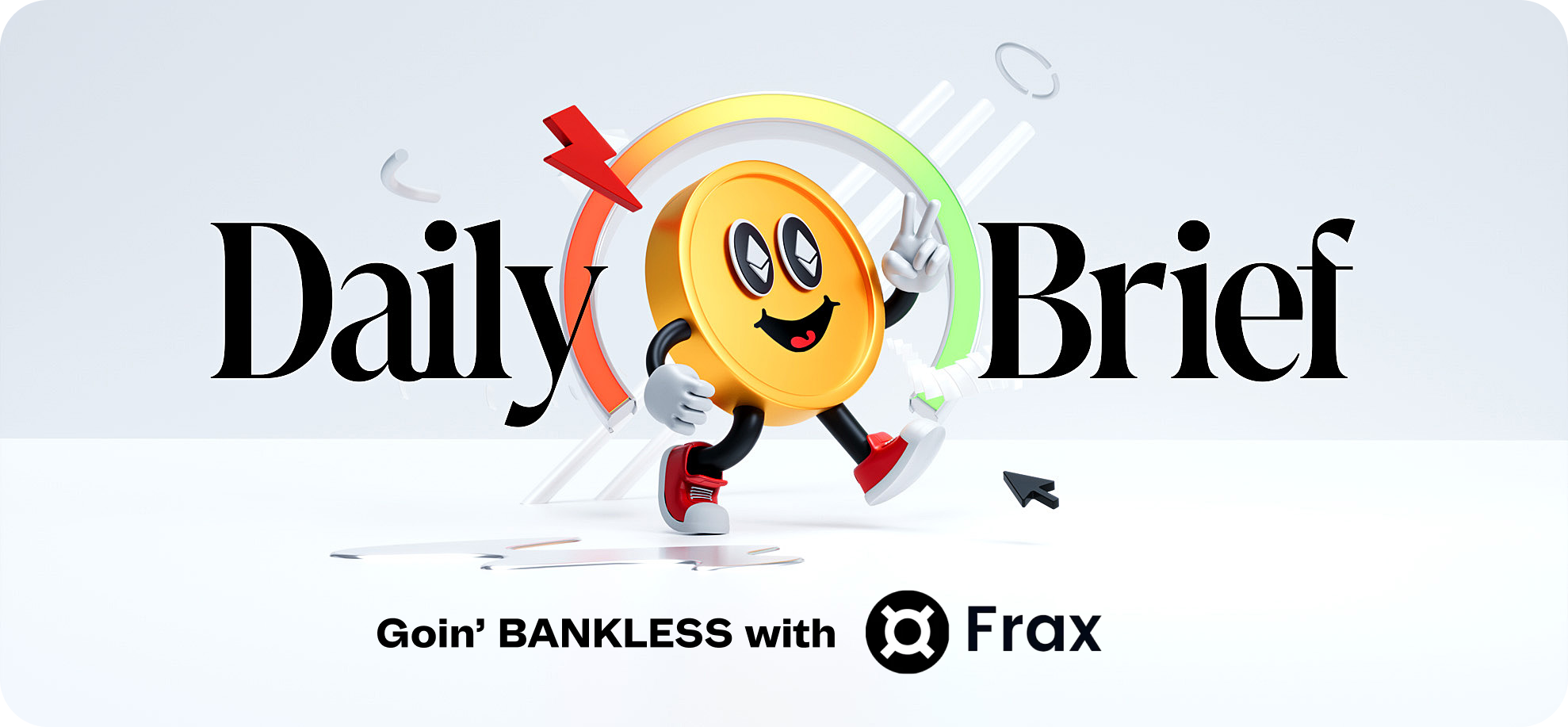
View in Browser
Sponsor: Frax — Fraxtal Ecosystem: Where DeFi Meets AI.

- 🌞 Justin Sun-Linked TRX Treasury Play Planning Public Debut. The firm linked to Sun is working closely with Eric Trump who will hold a senior leadership role at the company.
- 📝 Truth Social Applies for ETH + BTC ETF. Trump's social media company is showing few signs of slowing down as it continues to dive into the crypto space.
- 💰 Trump Made $57M from WLFI Sales. Public disclosures show the sitting President is minting cash from his crypto ventures.
| Prices as of 4pm ET | 24hr | 7d |

|
Crypto $3.51T | ↗ 1.9% | ↗ 2.6% |

|
BTC $108,520 | ↗ 3.6% | ↘ 0.2% |

|
ETH $2,648 | ↗ 5.5% | ↗ 2.3% |
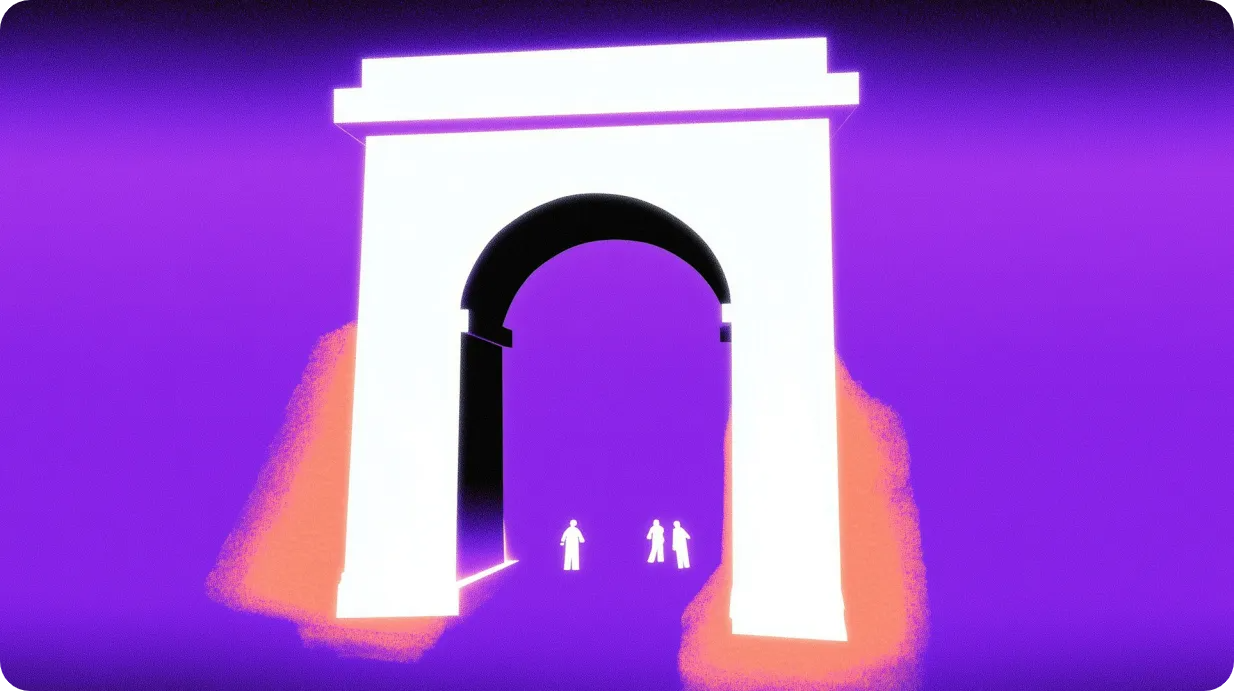
About a month ago, I started posting on Farcaster again.
What pulled me in wasn't any single feature but more a combination of things: conversations beyond crypto price chatter, mini apps that broke through the monotony of feeds, and a newfound recognition of the platform’s potential to be a breeding ground for novel ways to socialize online.
I’d have never expected it a few months back, but I've found myself spending more and more time on the platform since. During this same time, the network itself has hit a series of notable milestones.
For example, daily active users have grown ~40% over the past six months. Farcaster Pro also launched, with the initial 10k allocation selling out in under 24 hours—even with ~25% of buyers flagged as potential spam or flippers.
The protocol has demonstrated it can generate revenue, with all proceeds recycled into the ecosystem: weekly rewards (i.e. you get paid to post on Farcaster) now total ~$29k across the top 2,500 accounts, with top casters earning $600 weekly.
Beyond this, the platform’s been expanding its network reach, recently adding support for Solana and HyperEVM, plus Celo and the Monad testnet.
Of course, Farcaster has weathered its share of quiet stretches—periods where it felt too insular, a dynamic its team is conscientious of and is driving their efforts to onboard new demographics like college students and journalists.
For those curious about returning to the network—or trying it for the first time—here's what I've learned about breaking back in and why this moment feels particularly ripe.
Breaking Back In
Adapting or returning to a new feed proves challenging to say the least. But, while the community is tight-knit, it’s not closed off—growing here just requires participation. Here's what actually works.
Choose a niche. Pick one focus area and post a thoughtful, text-heavy cast daily. Think of it as mini-blogging. Instead of starting from zero, reactivate with a few friends so you can engage with each other initially.
Search for and reply to others in your niche through specific channels or mini apps with social leaderboards. For me that’s been /hyperliquid and /ponder, but there are numerous channels focused on topics outside of crypto.
- Sports fan? Check out /bracket
- Like word puzzles? Play Mini Word and Framedl
- Pop culture? /guiltypop
- Fashion? /firefits
Post frequently, yet thoughtfully. While volume matters more than polish for casts, structure also helps. Farcaster’s founder, Dan Romero, outlined some tips for how to build your posts which have proven helpful:
- Use short, compelling titles even when optional to grab attention in the feed.
- Write in 2-3 line paragraphs instead of walls of text.
- Embed only one media item per cast. Despite the visuals, it’s still a text-first platform. Lean into context, even for visual posts.
Not all your posts have to be so strictly “designed,” but I’d recommend following this structure for carving out your niche. Also, video content is gaining traction on Farcaster, especially since the videos now surface in the Coinbase Wallet app's dedicated video section.
Engage abundantly. Always reply to people who comment on your casts and don’t be sparing with your likes—engagement compounds, especially given it’s a tight-knit network.
Beyond looking at those in your niche, when looking for people to jumpstart conversations, @keccers.eth, @matthewb, @bradq, @afrochicks, @garrett—as well as myself and my colleague William Peaster—consistently engage with replies and others in a manner that makes the app feel more approachable.
Just engage genuinely with their content though, rather than mindlessly tagging or sharing spam (e.g. excessive GM’s)—this can get you labeled as "spam" and trigger the community’s antibodies.
Mini Apps and the Return of Casual Fun
If I attribute my return to Farcaster to anything, it's truly been due to mini apps. Initially, this pull was more theoretical—conversations about vibe coding and the idea that software could be as fast and expressive as content. But using the apps myself is what turned me from an observer into a daily user.

While Peaster already published a long list of mini apps to explore, there are a few on there that have me hooked. I've listed them below by how often I actually use them:
- Ponder — A prediction market where you bet on what you think the majority will vote in daily opinion polls (e.g. “What’s the more calming color: red or blue?”). Fast rounds and low stakes keep it engaging without feeling over-financialized. Hands down the one I use the most.
- Kiwi News — A mini app version of the community-curated, decentralized news board styled like Hacker News. Great for surfacing quality reads.
- Bankr — A terminal for accessing the popular natural language wallet companion’s services. You can tell it to do things like, “buy $10 of cbBTC with USDC.”
- noice — A tipping mini app that lets you set amounts in any ERC20 to tip to casters for every like, repost, or reply.
- Crowdfund — Built by Seed Club, a straightforward funding app that’s been used for a mixture of projects and also donations.
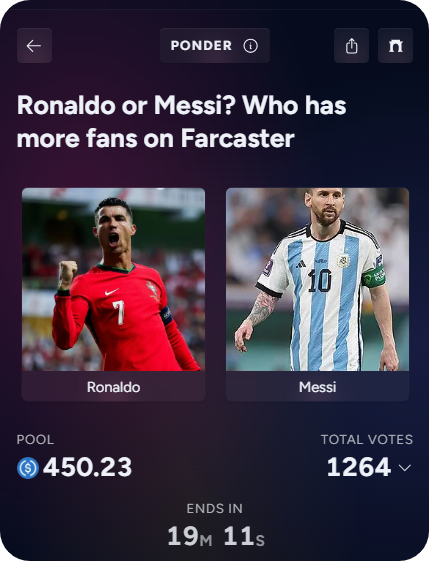
These mini apps recall the early internet's social playfulness—the lightweight tools from the early iOS app store or Facebook that introduced novel modes of socializing.
Whether it's prediction games like Ponder now or the virtual beer mugs then, these apps are low-stakes but high-engagement. You dip in, participate, and move on after being served fun, light social interactions only possible through software.
It’s a kind of experience that feels increasingly rare online. Further, it overall contributes to an open-source ethos on the network where developers can ship quickly, remix ideas, and deploy small, weird experiments directly into the feed.

Build One Yourself
If you're interested in building a mini app, there's never been a better time.
AI-powered coding terminals like Cursor, Replit, Windsurf, and Ohara complement Farcaster's LLM-friendly mini app documentation, making it possible to ship something quickly, even if you don't code. Ohara in particular lets you deploy mini apps directly to Farcaster.
Additionally, dev channels like /miniapps, /fcdevs, or /vibecoding stay active and responsive while Farcaster offers weekly USDC developer rewards for top-performing apps. They’ve even started receiving dev credits from platforms like Zapper for Farcaster builders to help subsidize costs.
If you build something cool and want visibility, I feature new projects regularly in Mindshare, my newsletter where we highlight AI apps and vibe-coded experiments. Reach out (@robinson on Farcaster)—if it's interesting, we'll showcase it.
A Different Kind of Feed
Overall, since returning to Farcaster, I've actively noticed my attention span lengthening.
While it can be a little gauche to bag on Twitter’s doom and gloom endlessly, there’s certainly truth to it. For me, a nonzero part of Farcaster’s personal PMF comes from offering this reprieve, as well as surfacing subjects of a far greater variety than I’d ever hope to be served on Twitter.
What’s interesting too is that this growth’s being seen on Bluesky, suggesting a real demand for alternative social networks.
So, is this the moment Farcaster breaks through? Hard to say. But with these tailwinds, it feels like there’s a momentum here that can’t be captured in DAUs or transactions. For me, and many others, that momentum’s more than enough to keep coming back.
Huge thanks to Ted and Peaster for feedback!

The Fraxtal ecosystem is expanding at lightning speed—this month’s biggest highlight is IQAI.com, the newest Agent Tokenization platform from IQ and Frax. IQ is building autonomous, intelligent, tokenized agents launching on Fraxtal in Q1. Empower on-chain agents with built-in wallets, tokenized ownership, and decentralized governance—all within a fast-growing Fraxtal ecosystem.
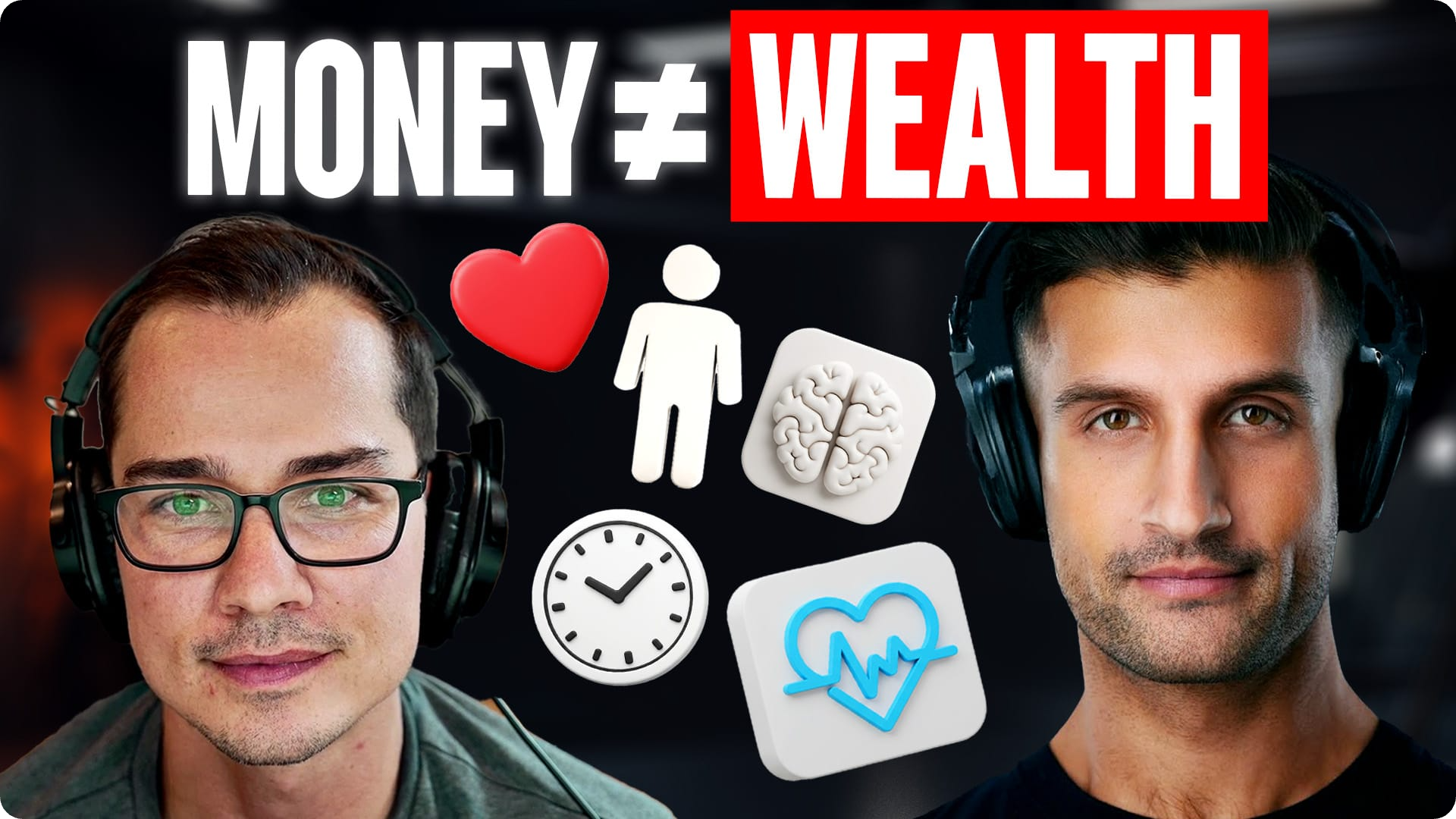
In this deeply personal episode, Sahil Bloom joins Ryan Sean Adams to explore what it truly means to be wealthy and why so many high achievers get it wrong.
After hitting burnout, Ryan stepped away from the grind to reassess his definition of success. What he found was a framework that reframed his entire life: the Five Types of Wealth.
Together, they unpack why net worth alone is a poor scoreboard, how to avoid the trap of “never enough,” and what it means to build time, social, mental, physical, and financial wealth in harmony. This conversation is both a blueprint and a reboot, for anyone chasing more, and wondering why it still doesn’t feel like enough.
Listen to the full episode👇
Not financial or tax advice. This newsletter is strictly educational and is not investment advice or a solicitation to buy or sell any assets or to make any financial decisions. This newsletter is not tax advice. Talk to your accountant. Do your own research.
Disclosure. From time-to-time I may add links in this newsletter to products I use. I may receive commission if you make a purchase through one of these links. Additionally, the Bankless writers hold crypto assets. See our investment disclosures here.

